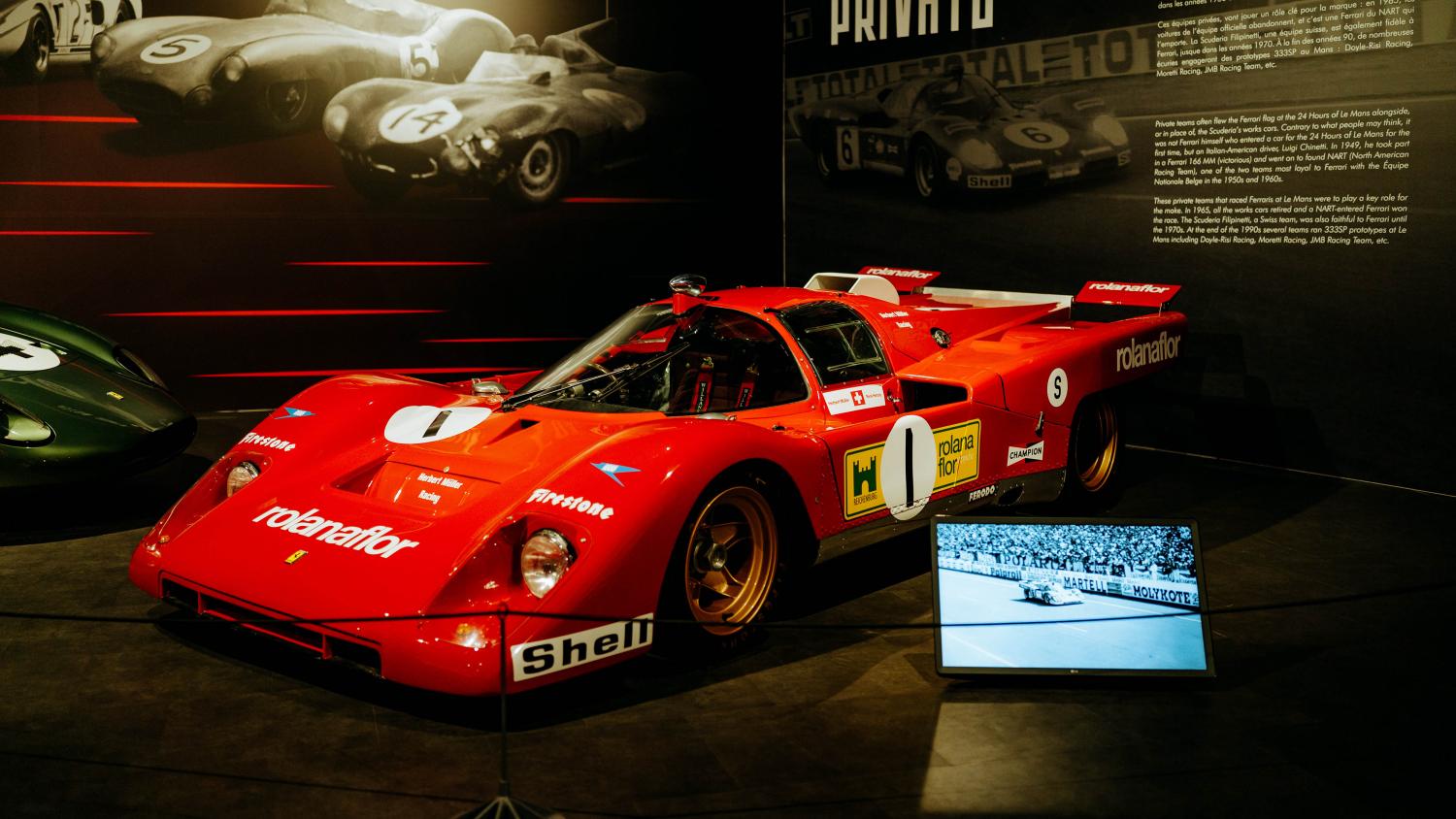McLaren Racing to join the Hypercar fray in 2027
McLaren Racing is set to join the Hypercar grid for the 2027 season of the FIA WEC Endurance World Championship, with aspirations of a triumphant return to 24 Hours of Le Mans.
Read the article
24h Le Mans
At the 24 Hours of Le Mans, entering a whole fleet doesn’t necessarily spell success, as Ferrari learned when it sent out an armada of 512 Ms against the famous Porsche 917.
The Ford-Ferrari saga left scars in Maranello. Following the 1966 debacle, Enzo Ferrari sold 50% of Ferrari to the Fiat group, in June 1969. The deal enabled him to develop a new endurance prototype with the aim of reconquering Le Mans.
The Ferrari 512 S (for “sport”) left the workshop in 1970, ready to take on the newcomer Porsche, with its formidable 917. Ferrari’s strategy was simple: safety in numbers. So, the marque’s four-car factory entry was supplemented by several privateers.
However, the German team was leagues ahead in terms of development. And at Le Mans, experience is a considerable advantage. Porsche took the first two places with the 917. Meanwhile, none of the eight Ferrari 250 Ss made it across the finish line.
It was obviously time to change tack. The Italian brand went back to the drawing board in late 1970 and the resulting rework was dubbed the 512 M (as in “modified”). Ferrari’s engineers improved the rear disc brakes and changed the suspension. The lighter, more powerful engine (580hp) sported higher efficiency cylinder heads while retaining the 512 S’s four valve per cylinder architecture. The bodywork was redesigned, producing a lower, more aerodynamic car. Only a few private teams had the opportunity to field a 512 M in 1971.
At Le Mans, Spanish team Escuderia Montjuich led the race over night, but pulled out before daybreak with a transmission problem. Porsche claimed a second successive win, although NART placed third with a 512 M. Despite its disappointments at Le Mans, the 512 marked a turning point in the history of Ferrari.
The story of Ferrari at Le Mans is currently the focus of a temporary exhibition at the 24 Hours of Le Mans museum. Don’t miss the chance to see the expertly showcased iconic models.
For further details: 24 Hours of Le Mans museum.